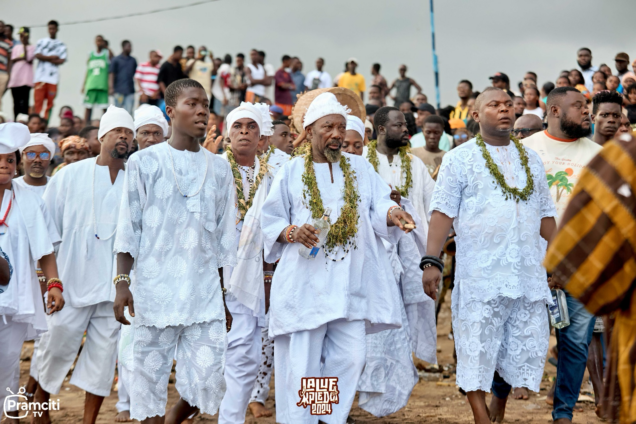One striking feature of the Lalue Kpledomi festival is the drum or “Kplemi”. Slashed with a permanent white marker, whoever carries it, carries the soul and spirit of the people of Prampram. It is their heritage.
For bystanders, it may look ordinary to the eyes but for those closer to it, it is a spiritual heirloom that has transcended generations. And it comes with blessings. The present generation, therefore, must ensure the traditional transition continues.
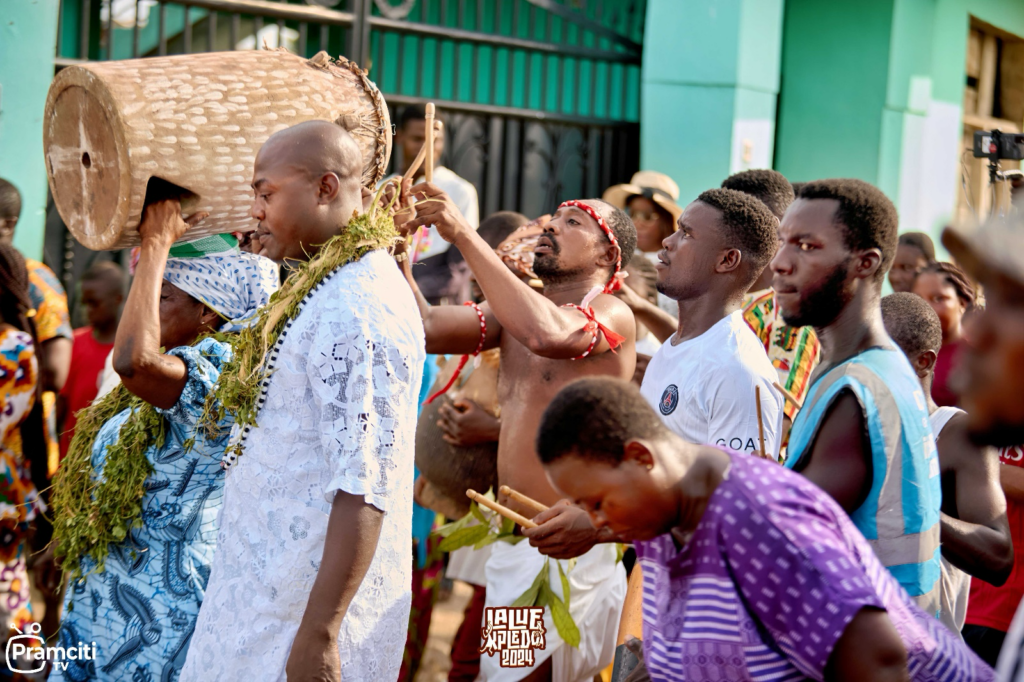
After all, it is through the sounds from the belly of the drum that draw the crowd together, to pay homage to their cultural heritage. Through traditional rites, the evocation of blessings is thus performed in the form of dance. There is no age limit to the performance, so far as one has the limb to move. So, after the first two that took place, the third and final one came off with the full and active participation of hundreds of participants from all walks of life, including foreign tourists.
Despite its festive nature, the spiritual aspects were also not left out - they were taken care of by the traditional priests and the various priestesses in charge of various deities. A procession often preceded the celebration to the grounds. The only difference for the final one is that it often ended up in Lakple or lower Prampram, where final rites are performed, and the drum dipped into the ocean.
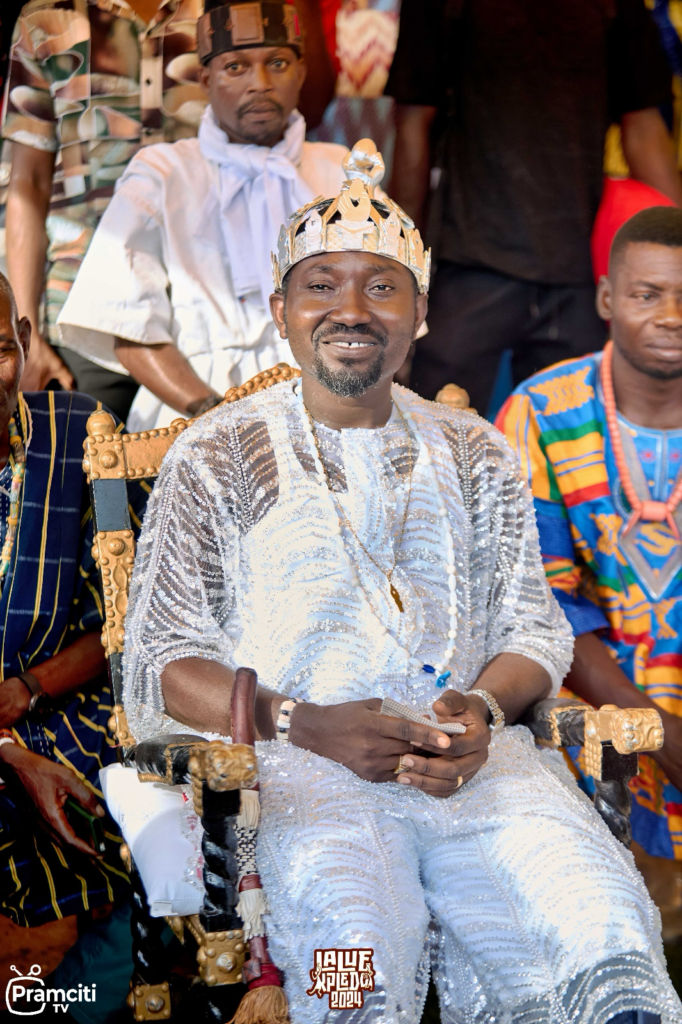
First, the sound of the drum must kick in for the procession to begin. Bystanders then join in. Once the procession enters Lakple and before a sacred tree is circled as part of the rites, libation is performed on another sacred ground. Upon the performance of those rites, the procession then visits key homes in the area, where associated rites and dancing are performed.
Among the cortege in the procession, apart from the Queen mother Naa Osabu Abbey I, Nene Tetteh Wakah III, Paramount Chief, priests and various priestesses responsible for various deities, Dawhenya Mantse Nene Tetteh Kodie Arden IV was also present. There were also Asafoatsemei and Asafoanyemei. After the last performance, the cortege then proceeded to the beach, where rites were also performed by the priests for and on behalf of the people of Prampram.
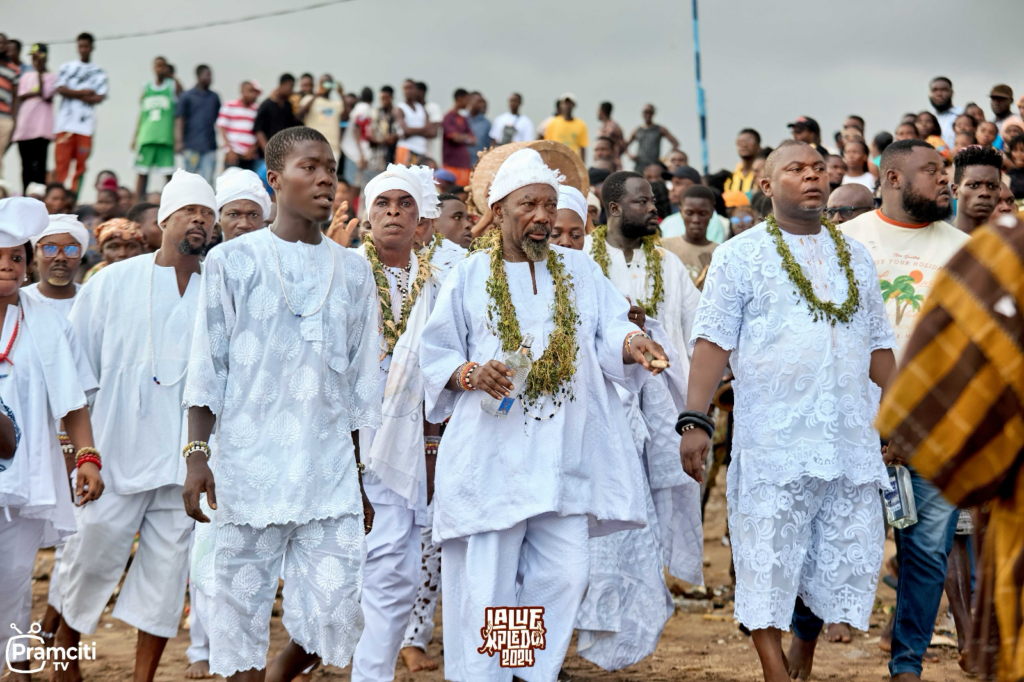
As a fishing community, prayers were said for bumper harvests for our fishermen and those associated with the business. Prayers were also said for other professional bodies and groups. Speaking to PramcitiTV, the YouTube Channel based in Prampram, Nii Ayiku Obleh IV, “Numlor Kpanyor” or Counsellor of Kley, said the third and final Kple offers the town an opportunity to cleanse itself from negative things.
“We are mandated by the gods to cleanse ourselves in the sea and once that is done, we can now celebrate the new year,” he added.
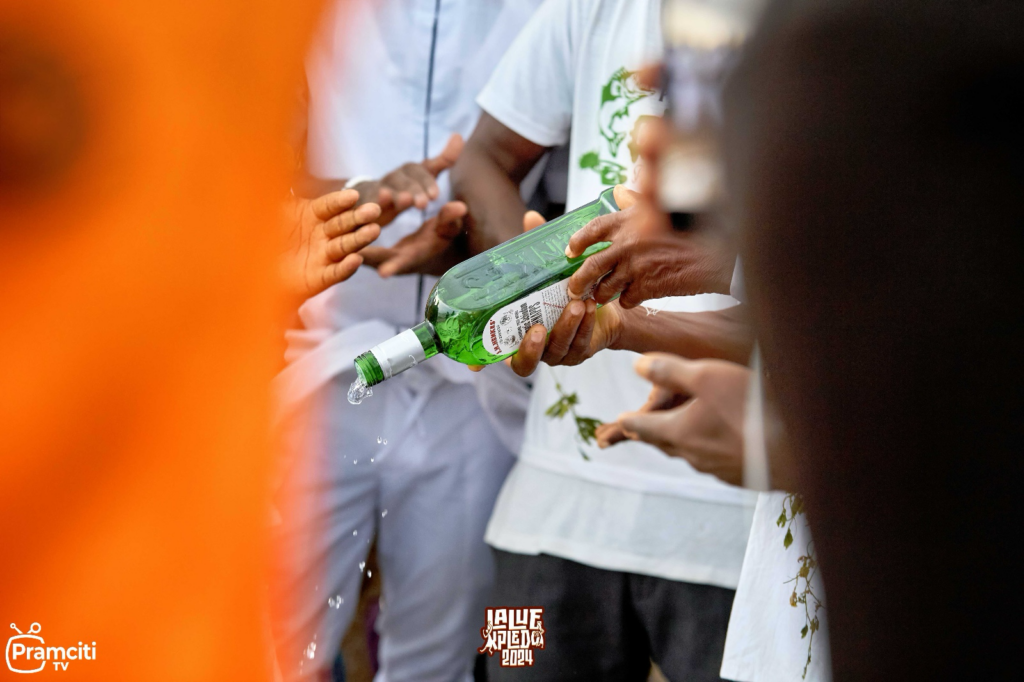
Part of the cleansing also involves the dipping of the drum into the ocean and once that is done, the public is therefore allowed to enter the sea and bath.
Already, there are talks within the town of strategically packaging the festival as one of the most important hubs for cultural tourism.
Latest Stories
-
Lil Nas X: I felt like an imposter on tour
19 mins -
Government to commission and operationalise Agenda 111 project in phases
52 mins -
Singer Libianca on the pressure to take sides in Cameroon war
53 mins -
Iranian President Ebrahim Raisi killed in helicopter crash, official says
1 hour -
Anne Robinson confirms relationship with Queen’s ex-husband Andrew Parker Bowles
2 hours -
From denial to admission: How a surveillance tape held Sean ‘Diddy’ Combs accountable
2 hours -
Hundreds of Tunisian president’s supporters protest against ‘foreign interference’
2 hours -
3 people dead, including a 6-year-old, after Amtrak train hits pickup truck in New York
2 hours -
P Square’s Peter Okoye gets a hair implant
2 hours -
Twifo ’34’ school building collapses, BECE candidates’ study under trees
3 hours -
Court denies man who shot soldier in Kasoa bail
3 hours -
Strategic investor process in final stages, not yet concluded – SSNIT clarifies to Ablakwa
3 hours -
Iran president’s crash: Raisi and foreign minister killed in helicopter crash – state media
3 hours -
Zuma takes election battle cry to ANC’s heartland
4 hours -
Ivory Coast’s cocoa regulator suspends cooperatives for hoarding beans, sources say
4 hours

